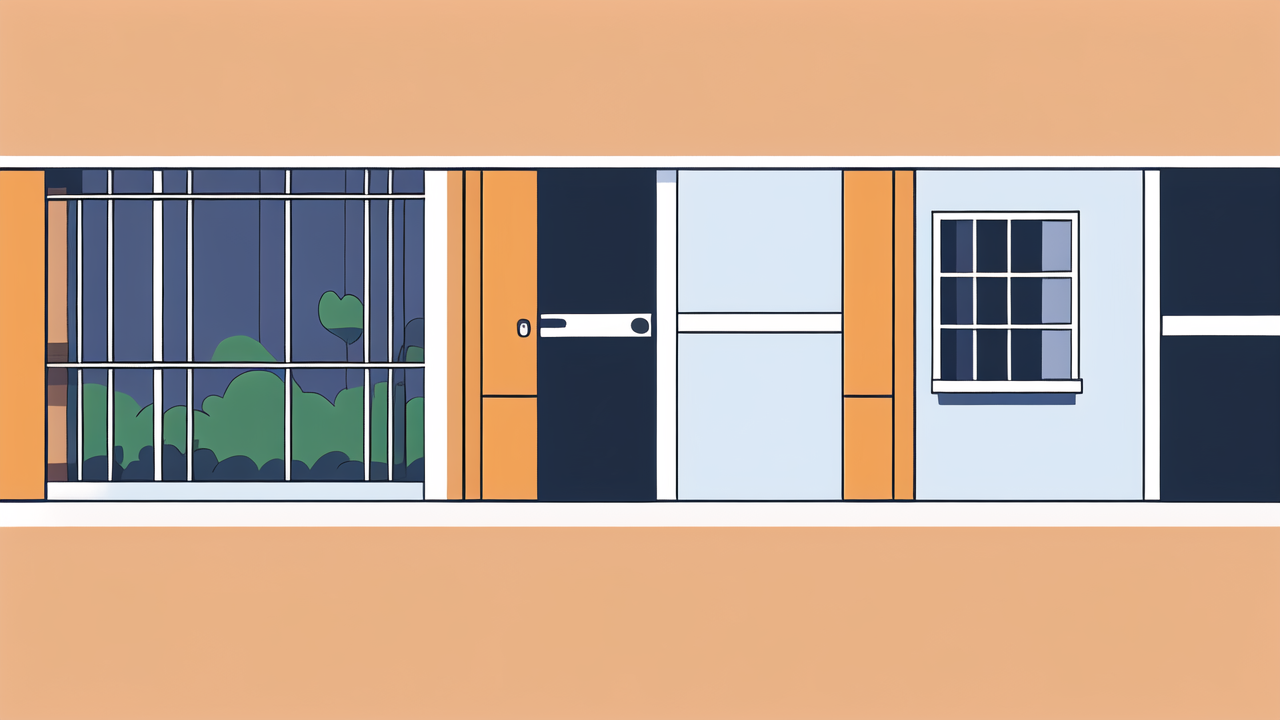The Rise of Composite Fencing in the U.S.
Understanding Composite Fencing Materials
Composite fencing is gaining popularity in the U.S. for good reasons. These fences are made from a mix of wood fibers and recycled plastic. This blend creates a durable and attractive material for fencing.

The materials used in composite fencing are eco-friendly. They often contain recycled content, which is good for the environment. Composite fences don't need harmful chemicals to protect them. This makes them a safe choice for families and pets.
Composite fencing comes in many colors and styles. You can find options that look like wood or have their own unique look. The material is consistent, so each fence board looks perfect. This gives your property a clean, polished appearance.
These fences are built to last. They resist rot, insects, and weather damage. You don't need to paint or stain them like wood fences. This makes them low-maintenance and long-lasting, saving you time and money.
Composite Fencing vs. Traditional Fencing Options
When compared to traditional fences, composite fencing stands out. Wood fences need regular care. They can rot, warp, or get eaten by bugs. Metal fences might rust or dent. Vinyl fences can crack or fade in the sun.
Composite fences solve these problems. They don't rot or warp like wood. They won't rust like metal. And they resist fading and cracking better than vinyl. While they may cost more upfront, they save money over time.
Privacy is another benefit of composite fences. The boards don't shrink or warp, so gaps don't form. This makes them great for creating a private backyard space. They also block noise better than many other fence types.
Installation of composite fences is often easier than traditional options. Many homeowners can install them as a DIY project. The materials are designed to be user-friendly. This can save on labor costs if you choose to install it yourself.
Cost-Effective Installation and Long-Term Value
Initial Costs vs. Longevity of Composite Fencing
The initial cost of composite fencing is higher than some traditional options. But it's important to look at the big picture. These fences last much longer than wood or other materials.

A wood fence might need replacing after 10-15 years. A composite fence can last 20-30 years or more. This longer lifespan means you won't need to buy a new fence as often. Over time, this leads to significant savings.
Maintenance costs are also lower for composite fences. You don't need to buy paint, stain, or sealants. There's no need for regular treatments to prevent rot or insect damage. This saves both time and money year after year.
When you factor in the longevity and low maintenance, composite fencing is cost-effective. The higher upfront cost pays off over the life of the fence. You'll spend less time and money on upkeep, and won't need to replace it as soon.
The ROI of Investing in Quality Fencing
Installing a quality composite fence can boost your property value. It adds curb appeal and enhances the overall look of your home. This can be a selling point if you decide to move in the future.
A well-maintained fence shows that the property is cared for. Composite fences keep their good looks with minimal effort. This can make your home more attractive on the market. It may even help your house sell faster.
The low maintenance needs of composite fencing are appealing to buyers. New homeowners won't have to worry about costly upkeep or repairs. This is a strong selling point in today's busy world.
Energy savings are another benefit of composite fencing. These fences can act as windbreaks. This may help reduce heating and cooling costs for your home. Over time, these savings add up, increasing your return on investment.
Creative Design and Custom Installation
Innovative Design Features of Composite Fencing
Composite fencing offers a wide range of design options. You can choose from various colors, textures, and styles. This allows you to create a unique look that matches your home perfectly.

Some composite fences have a wood grain texture. This gives them the warm look of natural wood. Others have a smooth, modern finish. You can even find options that mix textures for a custom appearance.
Many composite fence systems are modular. This means you can mix and match components. You might choose different post caps or add decorative inserts. Some systems allow for built-in lighting or planters.
Curved sections are possible with some composite fencing. This lets you create flowing lines in your yard. It's a great way to add visual interest to your property. You can also vary the height of your fence for a custom look.
Tailoring Your Composite Fence to Your Property's Aesthetic
When installing a composite fence, consider your home's style. A traditional house might look best with a classic picket design. A modern home could pair well with sleek, horizontal boards.
Think about your landscape too. You might choose fence colors that complement your plants. Or, pick a style that allows climbing vines to grow. Some homeowners create a two-tone look by using different colors for posts and boards.
Privacy is often a key factor in fence design. Composite fences can be solid for maximum privacy. Or, you can add small gaps or lattice tops to let in light and air. Some designs even allow for partial privacy with alternating solid and open sections.
Don't forget about gates and entryways. These are chances to make a statement. You might add an arbor or custom gate design. This can create a welcoming entrance to your property. With composite materials, these features will stay beautiful for years to come.
